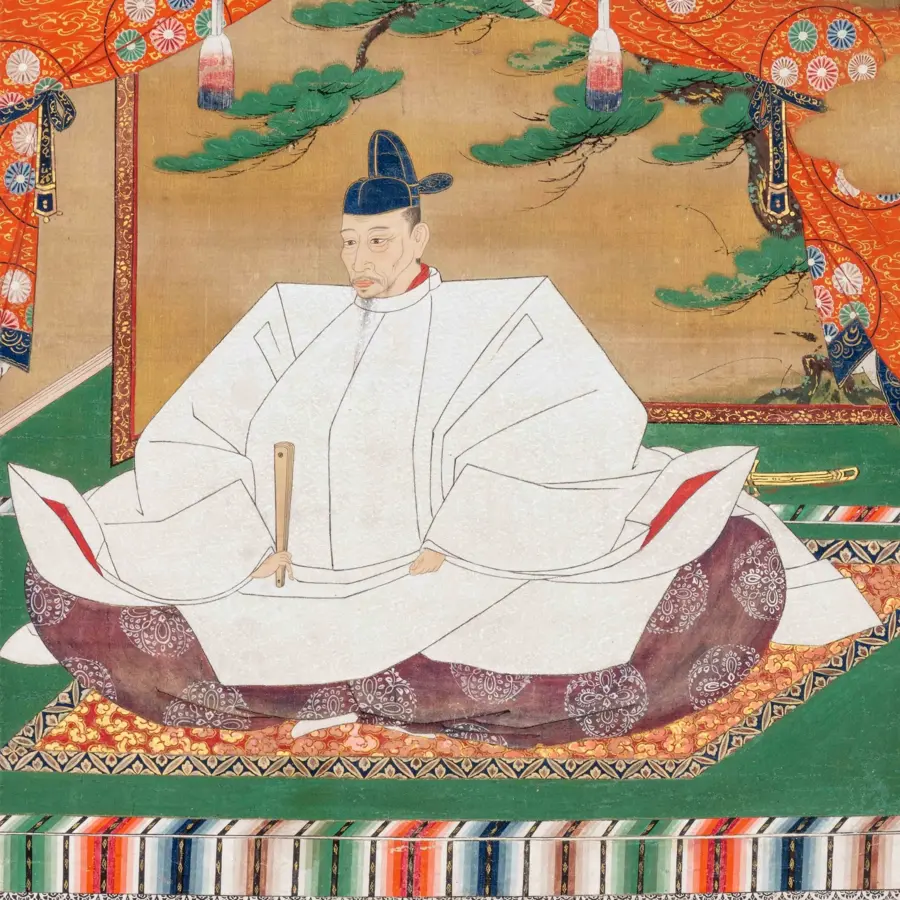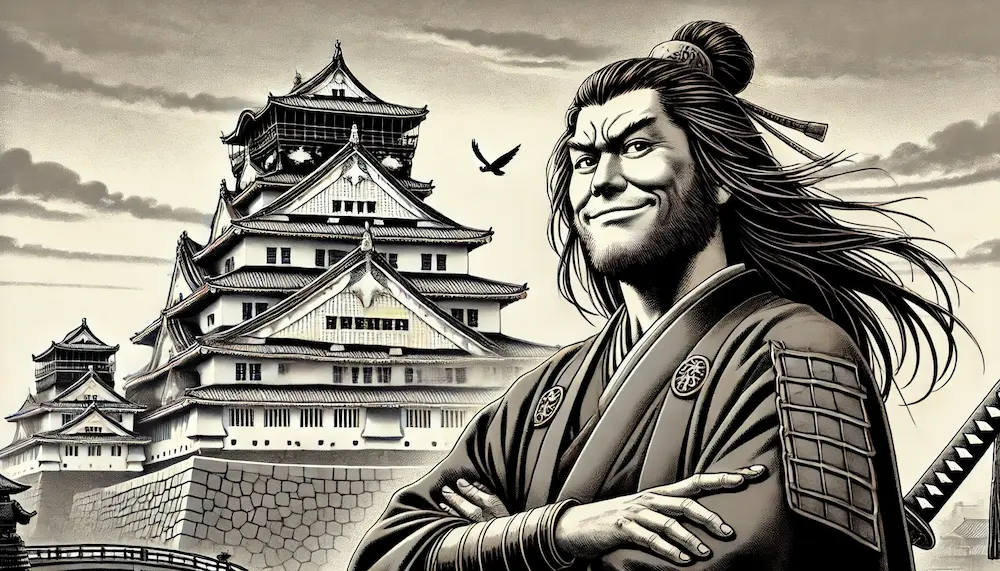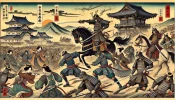Medieval Osaka: From the Kamakura to Sengoku Periods
Osaka’s history during the medieval period is a fascinating tale of transformation. From its role in the Kamakura period to its growth as a commercial hub in the Muromachi period, and finally, its strategic importance in the Sengoku period, Osaka played a pivotal role in shaping Japan’s history.
Osaka in the Kamakura Period (1185–1333)
During the Kamakura period, Osaka was strategically important due to its location near the Seto Inland Sea. This made it a vital area for political and military activities. The spread of Buddhism also influenced the region, with several temples being established that played crucial roles in the cultural and spiritual life of the people. The construction of these temples marked the beginning of Osaka’s long history as a center of Buddhist learning and culture.
Osaka in the Muromachi Period (1336–1573)
As we move into the Muromachi period, Osaka began to develop as a commercial hub. Its location made it a key point for trade between different regions of Japan and even with other countries such as China and Korea. Markets in Osaka flourished, with goods ranging from silk to ceramics being traded. The city’s infrastructure also grew, with new commercial districts and roads being built to support the booming economy. This period laid the foundation for Osaka’s future as one of Japan’s most important cities.
Osaka in the Sengoku Period (1467–1603)

The Sengoku period was a time of constant conflict, and Osaka’s strategic location made it a focal point for many battles. Osaka Castle, built by Toyotomi Hideyoshi, became a symbol of power and resilience.
In the popular historical simulation game “Nobunaga’s Ambition,” I’ve often found myself struggling to conquer Osaka Castle, which reflects just how formidable it was in real life. The castle wasn’t just a military stronghold; it was also a center of political power. Managing the city’s development in the game, I noticed how Osaka’s strong commercial base led to rapid urban growth and increased revenue, mirroring its historical importance as a bustling commercial hub.
■Recommended products
Nobunaga’s Ambition: Sphere of Influence
Legacy of Medieval Osaka
The events and developments of the Kamakura, Muromachi, and Sengoku periods left a lasting impact on Osaka’s cultural identity. The city’s rich history is preserved in many historical sites, such as Osaka Castle and several ancient temples. These sites are not just tourist attractions; they are key to understanding how Osaka evolved over the centuries and how it became the vibrant city it is today.
Conclusion
Osaka’s transformation during the medieval period is a testament to its importance in Japan’s history. From a strategic military base to a thriving commercial center, the city’s evolution has shaped its cultural and economic landscape. Exploring Osaka’s medieval heritage through its historical sites and museums offers a unique insight into the city’s past and its influence on modern Japan.










